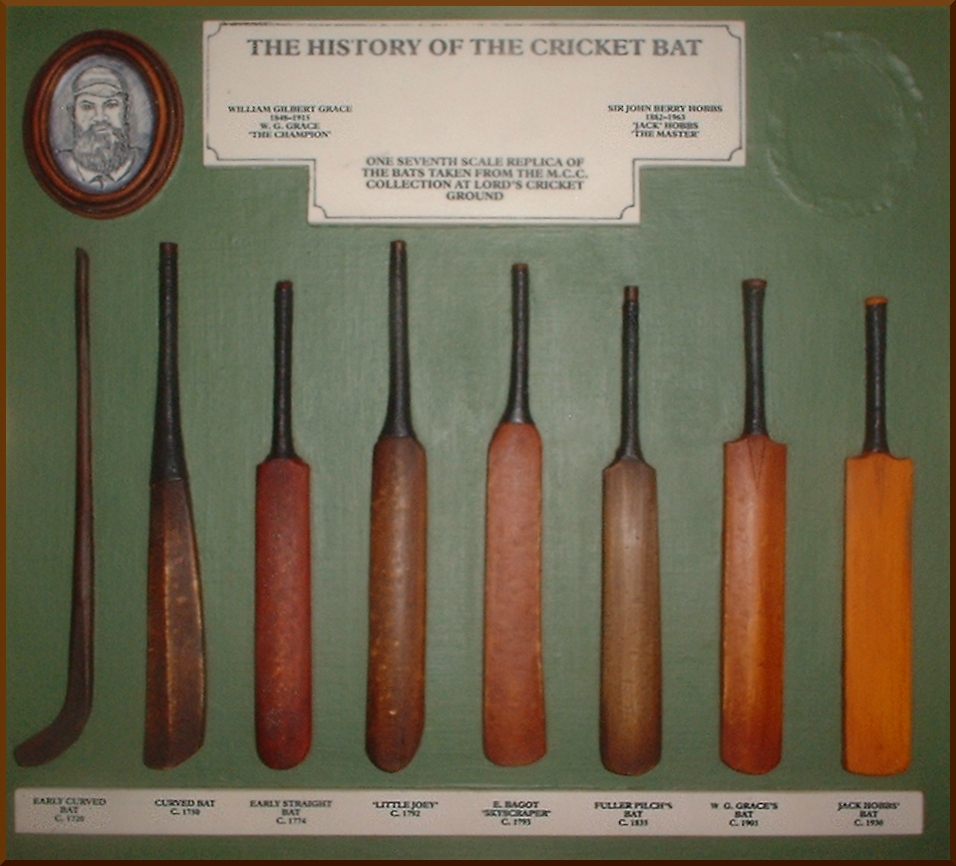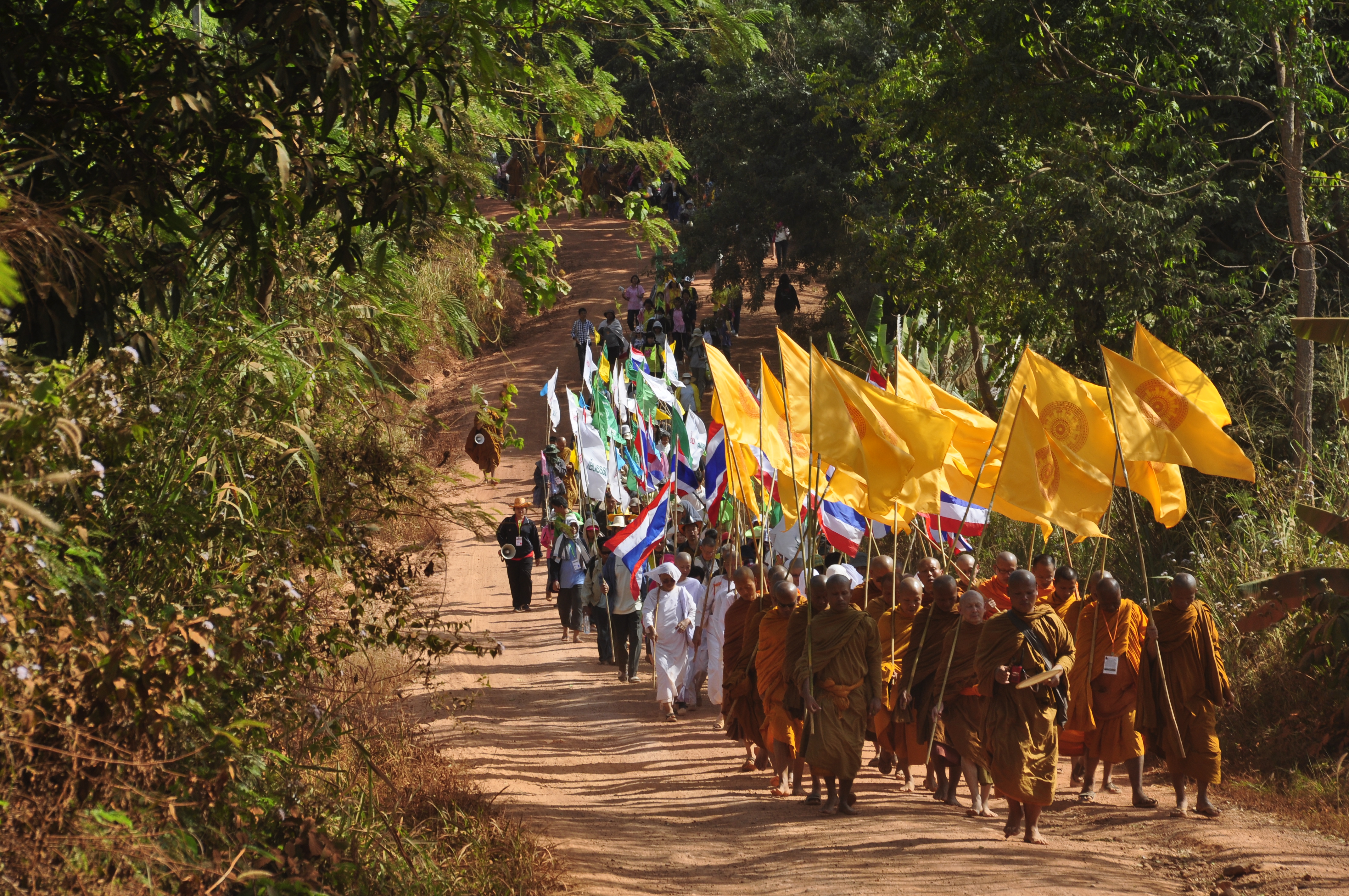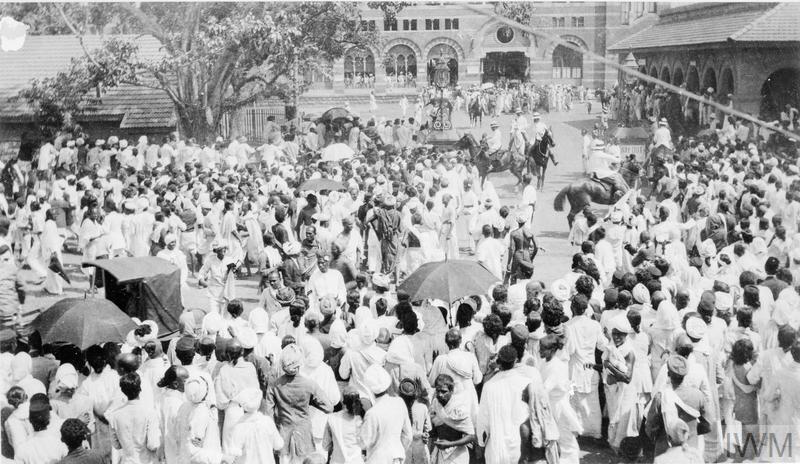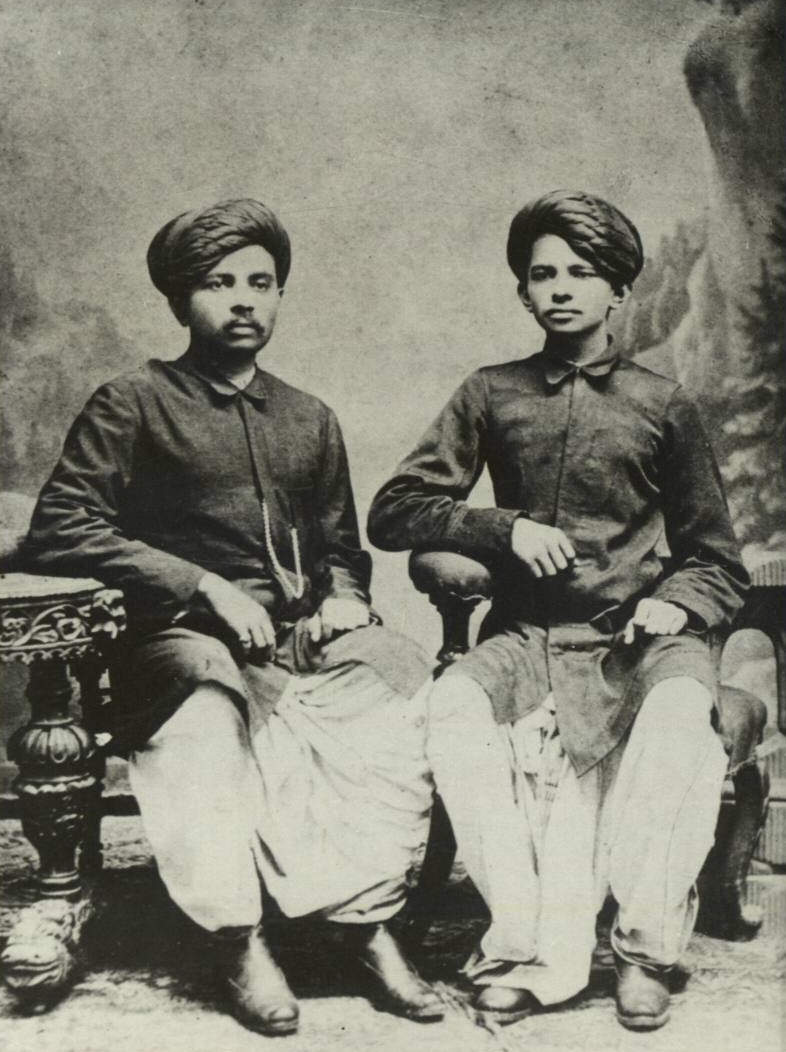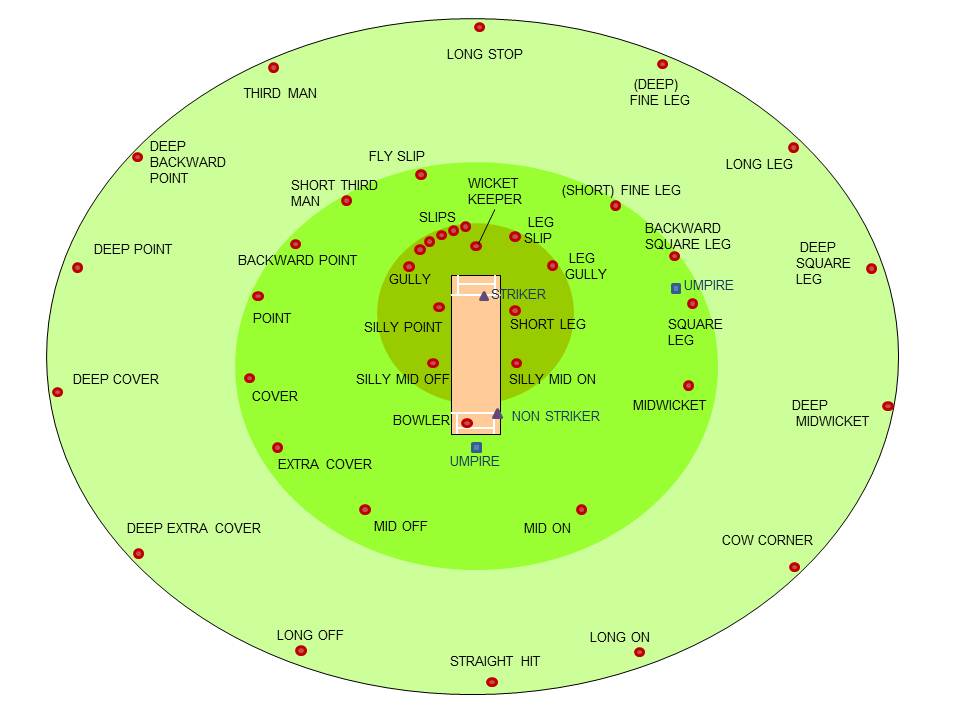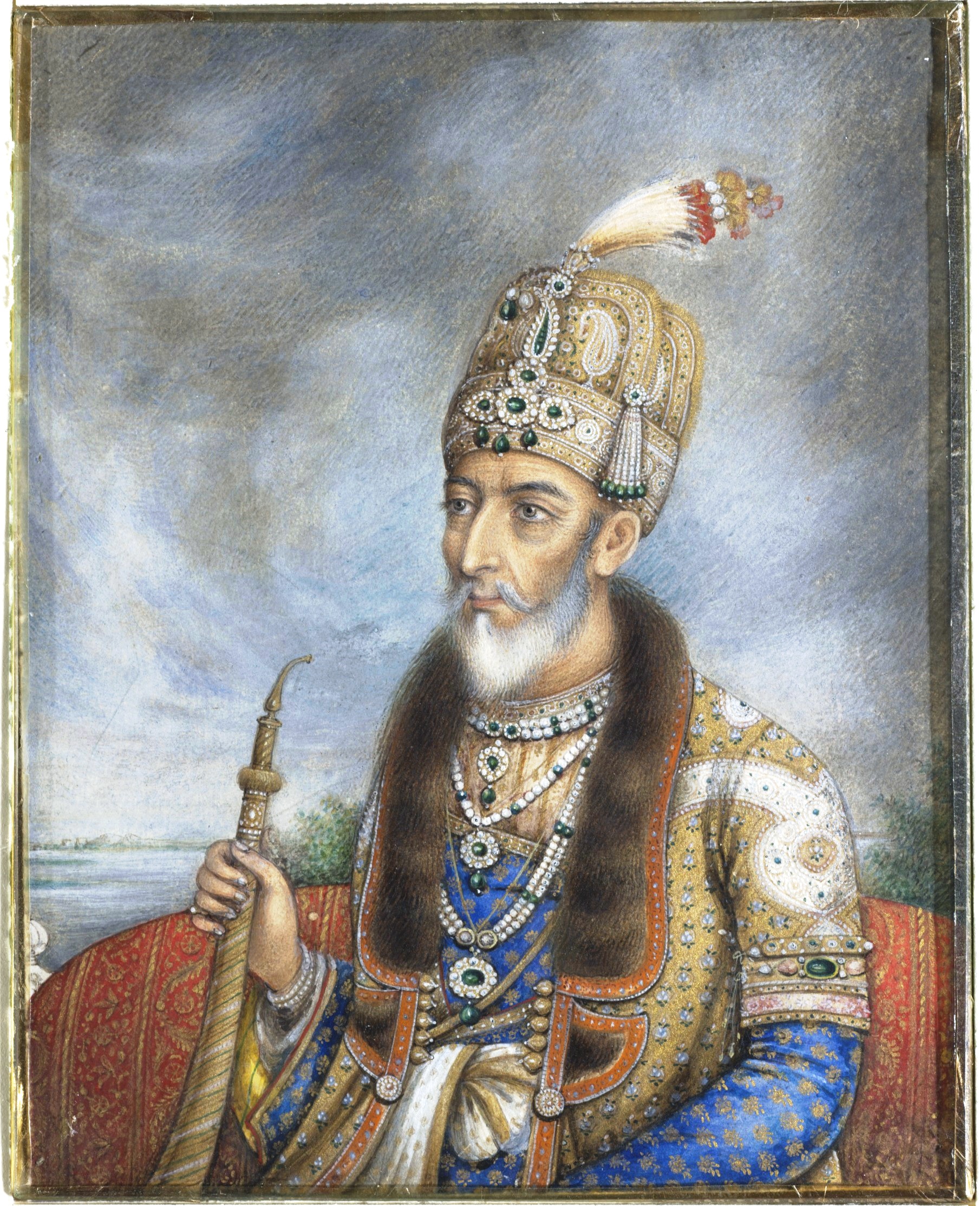|
Bombay Quadrangular
The Bombay Tournament was an annual cricket competition held in British India between 1892 and 1946. Until 1936, matches were played on either the Gymkhana Ground in Bombay or the Deccan Gymkhana Ground in Poona, and then at the Brabourne Stadium in Bombay until the tournament was terminated in 1946. The tournament was known variously as the Bombay Presidency Match, Bombay Triangular, Bombay Quadrangular, and Bombay Pentangular, depending on the number of competing teams. Presidency Match The tournament had its origins in an annual match played between the European members of the Bombay Gymkhana and the Parsis of the Zoroastrian Cricket Club. The first such game was played in 1877, when the Bombay Gymkhana accepted a request for a two-day match from the Parsis. The game was played in good spirit, with the Parsis surprising the Europeans by taking a first innings lead. The Gymkhana recovered, but the match was drawn with the sides evenly poised. The challenge was played again in ... [...More Info...] [...Related Items...] OR: [Wikipedia] [Google] [Baidu] |
Cricket
Cricket is a Bat-and-ball games, bat-and-ball game played between two Sports team, teams of eleven players on a cricket field, field, at the centre of which is a cricket pitch, pitch with a wicket at each end, each comprising two Bail (cricket), bails (small sticks) balanced on three stump (cricket), stumps. Two players from the Batting (cricket), batting team, the striker and nonstriker, stand in front of either wicket holding Cricket bat, bats, while one player from the Fielding (cricket), fielding team, the bowler, Bowling (cricket), bowls the Cricket ball, ball toward the striker's wicket from the opposite end of the pitch. The striker's goal is to hit the bowled ball with the bat and then switch places with the nonstriker, with the batting team scoring one Run (cricket), run for each of these swaps. Runs are also scored when the ball reaches the Boundary (cricket), boundary of the field or when the ball is bowled Illegal delivery (cricket), illegally. The fielding tea ... [...More Info...] [...Related Items...] OR: [Wikipedia] [Google] [Baidu] |
Communalism (South Asia)
Communal violence is a form of violence that is perpetrated across ethnic group, ethnic or Communalism (South Asia), communal lines, where the violent parties feel solidarity for their respective groups and victims are chosen based upon group membership. The term includes conflicts, riots and other forms of violence between communities of different religious faith or ethnic origins. United Nations Office on Drugs and Crime includes any conflict and form of violence between communities of different religious groups, different sects or tribes of same religious group, clans, ethnic origins or national origin as communal violence.Homicide, Violence and Conflict UNODC, United Nations However, this excludes conflict between two individuals or two families. Communal violence is found in Africa, the Americas, Asia, Euro ... [...More Info...] [...Related Items...] OR: [Wikipedia] [Google] [Baidu] |
Indian Subcontinent
The Indian subcontinent is a physiographic region of Asia below the Himalayas which projects into the Indian Ocean between the Bay of Bengal to the east and the Arabian Sea to the west. It is now divided between Bangladesh, India, and Pakistan. (subscription required) Although the terms "Indian subcontinent" and "South Asia" are often also used interchangeably to denote a wider region which includes, in addition, Bhutan, the Maldives, Nepal and Sri Lanka, the "Indian subcontinent" is more of a geophysical term, whereas "South Asia" is more geopolitical. "South Asia" frequently also includes Afghanistan, which is not considered part of the subcontinent even in extended usage.Jim Norwine & Alfonso González, ''The Third World: states of mind and being'', pages 209, Taylor & Francis, 1988, Quote: ""The term "South Asia" also signifies the Indian Subcontinent""Raj S. Bhopal, ''Ethnicity, race, and health in multicultural societies'', pages 33, Oxford University Press, 2007, ; Q ... [...More Info...] [...Related Items...] OR: [Wikipedia] [Google] [Baidu] |
British Raj
The British Raj ( ; from Hindustani language, Hindustani , 'reign', 'rule' or 'government') was the colonial rule of the British The Crown, Crown on the Indian subcontinent, * * lasting from 1858 to 1947. * * It is also called Crown rule in India, * * * * or direct rule in India. * Quote: "Mill, who was himself employed by the British East India company from the age of seventeen until the British government assumed direct rule over India in 1858." * * The region under British control was commonly called India in contemporaneous usage and included areas directly administered by the United Kingdom of Great Britain and Ireland, United Kingdom, which were collectively called ''Presidencies and provinces of British India, British India'', and areas ruled by indigenous rulers, but under British British paramountcy, paramountcy, called the princely states. The region was sometimes called the Indian Empire, though not officially. As ''India'', it was a founding member of th ... [...More Info...] [...Related Items...] OR: [Wikipedia] [Google] [Baidu] |
Indian Home Rule Movement
The Indian Home Rule movement was a movement in British India on the lines of the Irish Home Rule movement and other home rule movements. The movement lasted around two years between 1916–1918 and is believed to have set the stage for the Indian independence movement under the leadership of Annie Besant and Bal Gangadhar Tilak to the educated English speaking upper class Indians. In 1920, All India Home Rule League changed its name to Swarajya Sabha. Flag Five red and four green horizontal stripes. On the upper left quadrant was the Union Flag, which signified the Dominion status that the movement sought to achieve. A crescent and a seven-pointed star, both in white, are set in top fly. Seven white stars are arranged as in the Saptarishi constellation (the constellation Ursa Major), which is sacred to Hindus. Background The Indian Home Rule movement began amidst the backdrop of the ongoing First World War. The 1909 Government of India Act failed to satisfy the dem ... [...More Info...] [...Related Items...] OR: [Wikipedia] [Google] [Baidu] |
Mahatma Gandhi
Mohandas Karamchand Gandhi (2October 186930January 1948) was an Indian lawyer, anti-colonial nationalism, anti-colonial nationalist, and political ethics, political ethicist who employed nonviolent resistance to lead the successful Indian independence movement, campaign for India's independence from British Raj, British rule. He inspired movements for Civil rights movements, civil rights and freedom across the world. The honorific ''Mahātmā'' (from Sanskrit, meaning great-souled, or venerable), first applied to him in Union of South Africa, South Africa in 1914, is now used throughout the world. Born and raised in a Hindu family in coastal Gujarat, Gandhi trained in the law at the Inner Temple in London and was called to the bar at the age of 22. After two uncertain years in India, where he was unable to start a successful law practice, Gandhi moved to South Africa in 1893 to represent an Indian merchant in a lawsuit. He went on to live in South Africa for 21 years. Here, ... [...More Info...] [...Related Items...] OR: [Wikipedia] [Google] [Baidu] |
Umpire (cricket)
In cricket, an umpire (from the Old French meaning not a peer, i.e. not a member of one of the teams, impartial) is a person who has the authority to make decisions about events on the cricket field according to the ''Laws of Cricket''. Besides making decisions about legality of delivery, appeals for wickets and general conduct of the Game in a legal manner, the umpire also keeps a record of the deliveries and announces the completion of an over. The umpires in cricket are not to be confused with the referee who usually presides only over international matches and makes no decisions affecting the outcome of the game. Overview Traditionally, cricket matches have two umpires on the field, one standing at the end where the bowler delivers the ball (bowler's end), and one directly opposite the facing batsman (usually, but not always, at square leg). However, in the modern game, there may be more than two umpires; for example Test Matches have four: two on-field umpires, a thir ... [...More Info...] [...Related Items...] OR: [Wikipedia] [Google] [Baidu] |
Monsoon
A monsoon () is traditionally a seasonal reversing wind accompanied by corresponding changes in precipitation but is now used to describe seasonal changes in Atmosphere of Earth, atmospheric circulation and precipitation associated with annual latitudinal oscillation of the Intertropical Convergence Zone (ITCZ) between its limits to the north and south of the equator. Usually, the term monsoon is used to refer to the Wet season, rainy phase of a seasonally changing pattern, although technically there is also a dry phase. The term is also sometimes used to describe locally heavy but short-term rains. The major monsoon systems of the world consist of the Monsoon#Africa (West African and Southeast African), West African, Asian–Australian monsoon, Australian, the North American monsoon, North American, and South American monsoons. The term was first Glossary of the British Raj, used in English in British India and neighboring countries to refer to the big seasonal winds blowin ... [...More Info...] [...Related Items...] OR: [Wikipedia] [Google] [Baidu] |
World War I
World War I or the First World War (28 July 1914 – 11 November 1918), also known as the Great War, was a World war, global conflict between two coalitions: the Allies of World War I, Allies (or Entente) and the Central Powers. Fighting took place mainly in European theatre of World War I, Europe and the Middle Eastern theatre of World War I, Middle East, as well as in parts of African theatre of World War I, Africa and the Asian and Pacific theatre of World War I, Asia-Pacific, and in Europe was characterised by trench warfare; the widespread use of Artillery of World War I, artillery, machine guns, and Chemical weapons in World War I, chemical weapons (gas); and the introductions of Tanks in World War I, tanks and Aviation in World War I, aircraft. World War I was one of the List of wars by death toll, deadliest conflicts in history, resulting in an estimated World War I casualties, 10 million military dead and more than 20 million wounded, plus some 10 million civilian de ... [...More Info...] [...Related Items...] OR: [Wikipedia] [Google] [Baidu] |
Muslims
Muslims () are people who adhere to Islam, a Monotheism, monotheistic religion belonging to the Abrahamic religions, Abrahamic tradition. They consider the Quran, the foundational religious text of Islam, to be the verbatim word of the God in Abrahamic religions, God of Abraham (or ''Allah'') as it was revealed to Muhammad, the last Islamic prophet. Alongside the Quran, Muslims also believe in previous Islamic holy books, revelations, such as the Tawrat (Torah), the Zabur (Psalms), and the Injeel (Gospel). These earlier revelations are associated with Judaism and Christianity, which are regarded by Muslims as earlier versions of Islam. The majority of Muslims also follow the teachings and practices attributed to Muhammad (''sunnah'') as recorded in traditional accounts (hadith). With an estimated population of almost 2 billion followers, Muslims comprise around 26% of the world's total population. In descending order, the percentage of people who identify as Muslims on each ... [...More Info...] [...Related Items...] OR: [Wikipedia] [Google] [Baidu] |
Indian Independence Movement
The Indian independence movement was a series of historic events in South Asia with the ultimate aim of ending British Raj, British colonial rule. It lasted until 1947, when the Indian Independence Act 1947 was passed. The first nationalistic movement took root in the newly formed Indian National Congress with prominent moderate leaders seeking the right to appear for Indian Civil Service examinations in British India, as well as more economic rights for natives. The first half of the 20th century saw a more radical approach towards self-rule. The stages of the independence struggle in the 1920s were characterised by the leadership of Mahatma Gandhi and Congress's adoption of Gandhi's policy of non-violence and Salt March, civil disobedience. Some of the leading followers of Gandhi's ideology were Jawaharlal Nehru, Vallabhbhai Patel, Abdul Ghaffar Khan, Maulana Azad, and others. Intellectuals such as Rabindranath Tagore, Subramania Bharati, and Bankim Chandra Chattopadhyay spr ... [...More Info...] [...Related Items...] OR: [Wikipedia] [Google] [Baidu] |
Palwankar Vithal
Vithal Palwankar (1884 or 1886 – 26 November 1971) was an Indian cricketer and a captain of the Hindus team. Vithal led the team to victories over the Mohammedan and European teams, where his captaincy and personal performance were praised. His four-year tenure (1923 to 1926) as captain was filled with similar successes and culminated with the Hindus winning the Quadrangular trophy. He was the younger brother of the Indian spin bowler and activist Palwankar Baloo; his other brothers Palwankar Shivram and Palwankar Ganpat were also cricketers. Early years Vithal was introduced to cricket by his brother Baloo, who later sent him to attend the Elphinstone College High School in Mumbai (then Bombay), where he began playing cricket seriously. He is credited with being the first Chamar castecaptain of the Hindus cricket team in the Bombay Quadrangular cricket competition. Prominence as a cricketer In the following years, Vithal rose in the ranks of Indian cricketers as a sty ... [...More Info...] [...Related Items...] OR: [Wikipedia] [Google] [Baidu] |
